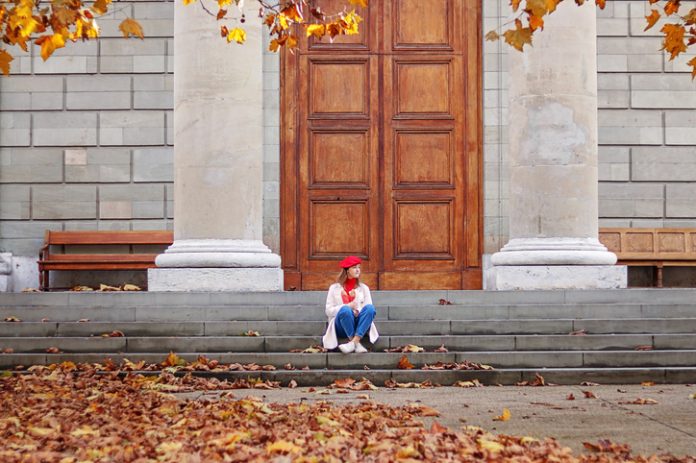Falling demand and soaring costs are driving current wave of college closures.
In the past few years, colleges have been closing their doors like never before. 607 colleges either closed or merged from 2014 to 2020, according to data from the National Center for Education Statistics.
2018-19 saw far and away the most college closures since data began to be tracked. In that academic year alone, 236 colleges closed.
Certainly not all the closed-down colleges have simply shuttered. Many small, private colleges have merged with other like-minded institutions, while others have been absorbed by larger, four-year, public institutions.
The natural question following this realization is, “Why are more colleges closing down now?” The answer consists of two key factors that explain the matter: Like two arrows, one diverging downward and one upward, the demand for college is decreasing, and the cost of college is increasing. As the arrows grow farther apart, more colleges close down.
The first and most basic factor involved in this answer is straightforward; there is too little demand to support the current number of colleges.
America’s student population is shrinking. From spring ’20 to spring ’22, college enrollment dropped by nearly 1.3 million students. This nosedive cannot be attributed solely to the effects of the coronavirus pandemic. Indeed, data from the National Center for Education Statistics show that enrollment declined during the previous nine years, as well.
This decline has been anticipated for some time. Using the benefits of the G.I. Bill, many servicemen returning home after World War II enrolled in college, hurling enrollment numbers upward to an unprecedented extent. The Baby Boom in post-WWII America kept student enrollments buoyed, supporting a vast number of colleges and universities. But since the late 1960s and right up to the present day, the birth rate has been, with minor and temporary corrections, declining. The fertility rate in 1960 was 3.7. The equivalent number in 2020 was 1.6. Because people are having fewer children, there is a smaller undergraduate-age population, meaning that the demand for colleges shrinks as well. Because the undergraduate-age demographic is diminishing, America’s current number of higher-ed institutions is too great for each college to retain adequate enrollment. Thus, more are closing down.
A second factor crucial to why more colleges are closing is the growing cost of higher education and the landscape shifts surrounding it. Almost every college student enrolls in college as a step on the path to a career. For many years, a college degree was seen as the only path into the high-paying job market. But the cost of a college degree keeps increasing. According to U.S. News & World Report, in-state tuition prices at public universities rose 79 percent from the 2008 edition of their “Best Colleges” rankings to the 2022 edition. For many, a college degree is rising out of practical reach.
Yet, while the costs of college are increasing, many are finding that a degree is not necessary for a successful career. More people and businesses are realizing that one does not need a degree to do a job. Skilled tradesmen are in great demand in America currently, and a plumber or carpenter or contractor can make just as much money as an office employee without needing a college degree. Google, Bank of America, Facebook, IBM, Apple: These highly regarded companies do not require a college degree to apply for a corporate position within their ranks. These and many more companies have begun to realize that many professionals who lack the checked box of a college degree are nonetheless well-qualified. A college degree on a résumé tells only part of the story; it is an indication, not positive proof, of an applicant’s capability. If college is not essential to the American professional, much of the incentive for a college degree vanishes. College is becoming more and more expensive, while a college degree is less and less an imperative step toward a successful career. The arrows are diverging.
An Inside Higher Ed article notes that the deluge of federal funding to colleges amid the coronavirus pandemic artificially stabilized college finances; the two arrows’ separation was artificially slowed. Now that federal and state governments’ Covid hardship payments have ended, the arrows may continue their separation.
“Many disruptive innovations take a generation for their full effect to be realized” says a Forbes article predicting the continuation of America’s increased rate of college closures. The shrinking undergraduate-age demographic, the increased costs of college, and a shift in incentives for attending college in the first place may have taken time to reveal their impact upon the colleges of America. But their effects are certainly being felt and seen today.
Originally published by The James G. Martin Center for Academic Renewal. Republished with permission.
More great content from School Reform News








